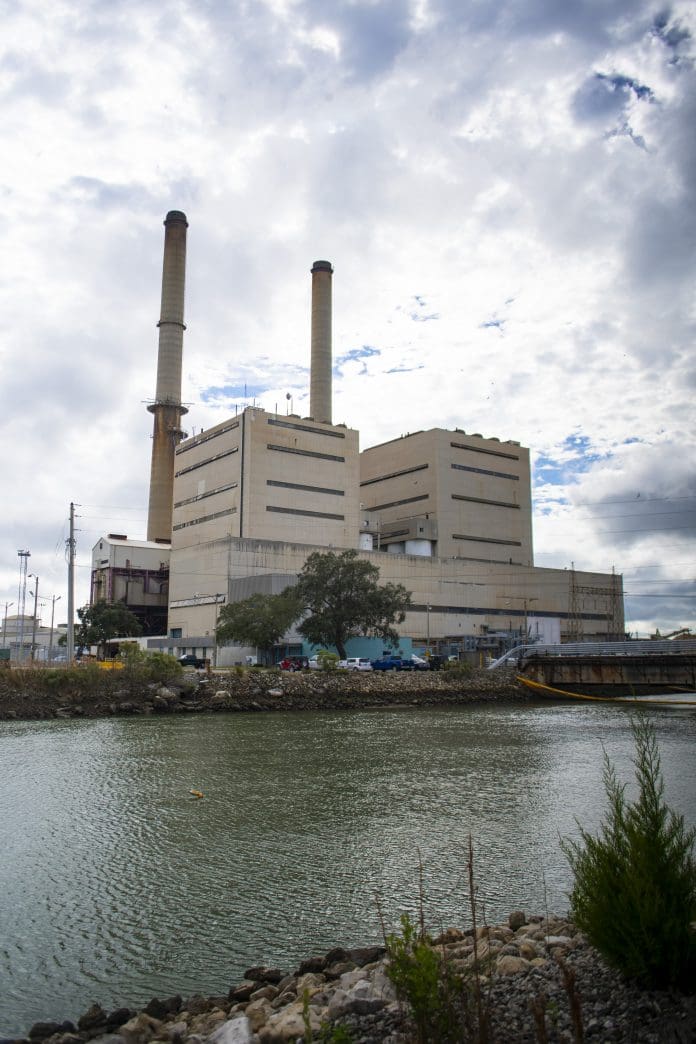Duke Energy has unveiled plans to eliminate the use of coal in its energy-generation portfolio by 2035, with a phase out scheduled that will see coal representing less than 5% of the company’s total power generation by 2030.
In addition, the company has expanded its 2050 net-zero goals to now include Scope 2 and certain Scope 3 emissions. In its electric business, the company’s net-zero goal will include greenhouse gas (GHG) emissions from the power it purchases for resale, from the procurement of fossil fuels used for generation, and from the electricity purchased for its own use. For its natural gas business, it means adding a new net-zero by 2050 goal that includes upstream methane and carbon emissions related to purchased gas and downstream carbon emissions from customers’ consumption.
To date, the company has reduced Scope 1 carbon emissions from electricity generation by 44% and is on pace to achieve its goals of at least 50% reduction by 2030 and net-zero by 2050 from electricity generation and net-zero methane emissions by 2030.
“As one of America’s largest electric and gas utilities, we and many of our stakeholders share the view that we can take a leadership role in tackling the GHG emissions associated with our business and value chain,” said Duke Energy Chief Sustainability Officer Katherine Neebe. “Policy changes and technological innovation are expected to play a key role in meeting these enhanced goals.”
Duke’s Scope 1, 2, and 3 emissions are based on the Greenhouse Gas Protocol, a global standardized frameworks to measure and manage GHG emissions from private and public sector operations, value chains, and mitigation actions.
Scope 1 emissions are direct emissions from the company, such as the power the company generates and its fleet of vehicles. Scope 2 emissions are indirect emissions from power the company purchases from others to use in its facilities. Scope 3 includes indirect emissions that arise from others in the company’s value chain.
“The energy sector must transform for the future in a way that also benefits our society today,” said Neebe. “Achieving this vision will require us to transition to low- and zero-emissions fuel sources, invest in our communities, and develop and prepare a diverse workforce. Taken together, these efforts will deliver long-term value for our stakeholders.”
Headquartered in Charlotte, North Carolina, Duke Energy provides electricity to 7.8 million customers in six states. The company has approximately 51,000 MW of electric generating capacity. Its service territory covers 104,000 square miles (270,000 km2), with 250,200 miles (402,700 km) of distribution lines. Its natural gas distribution system serves more than 1.6 million customers in Ohio, Kentucky, Tennessee, and the Carolinas.

















